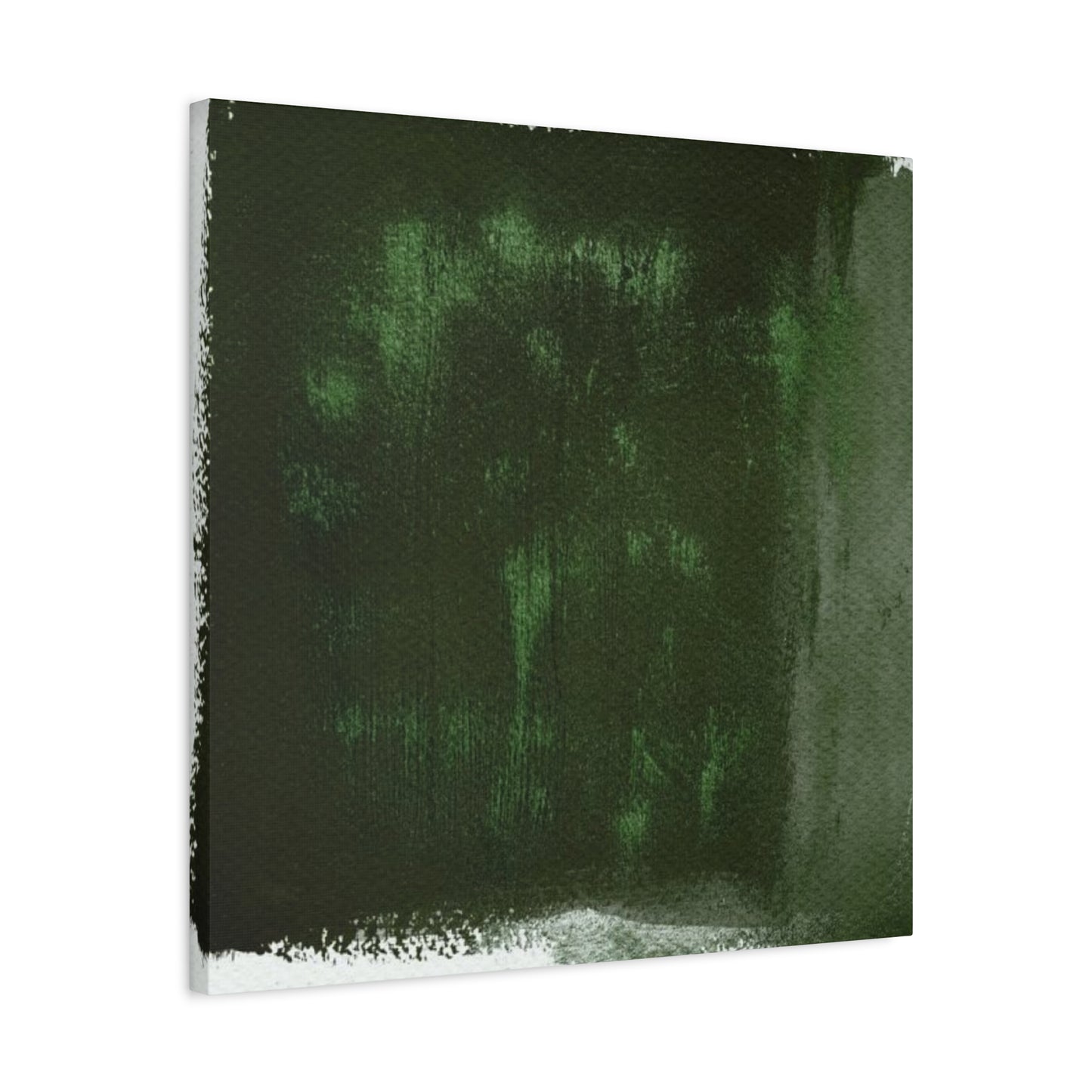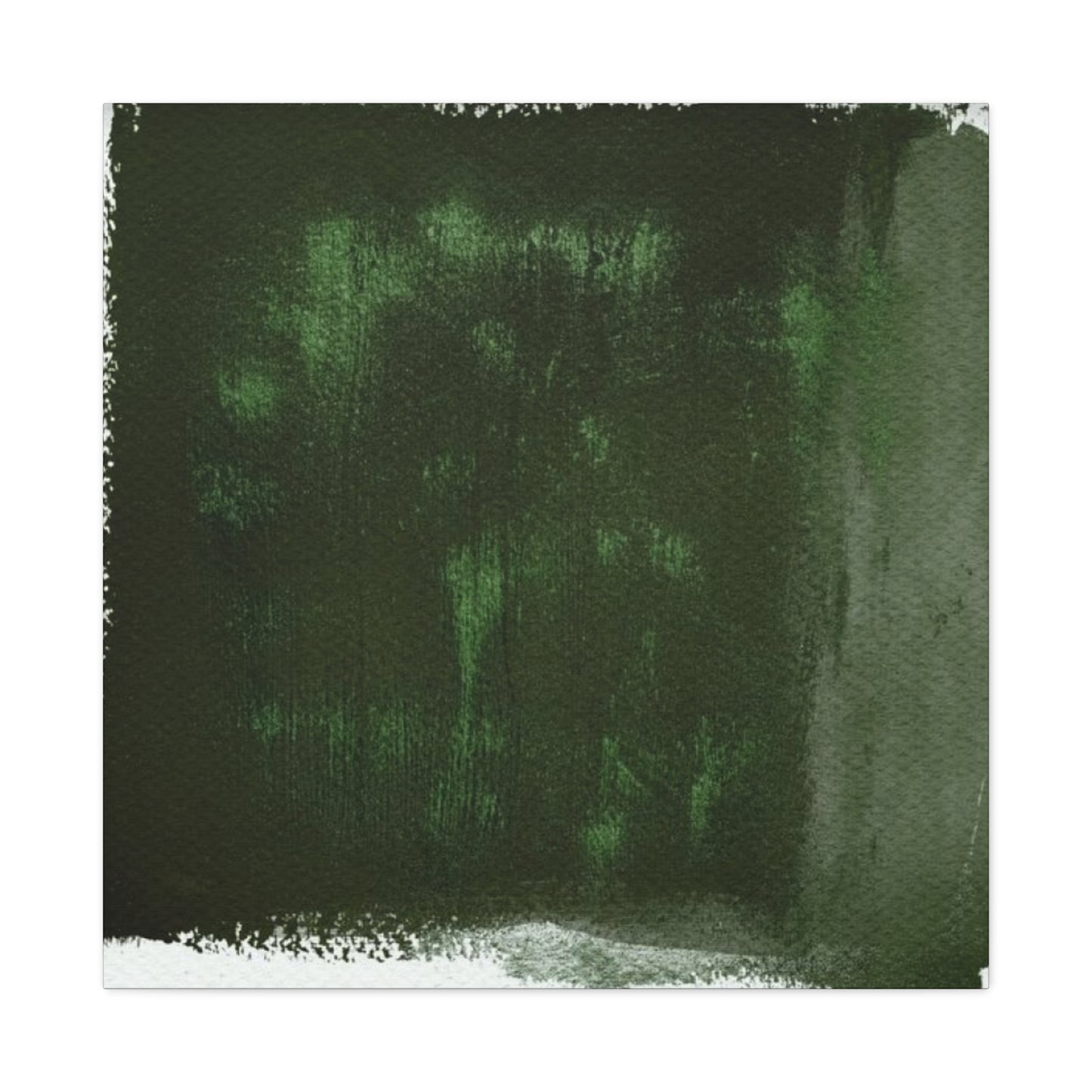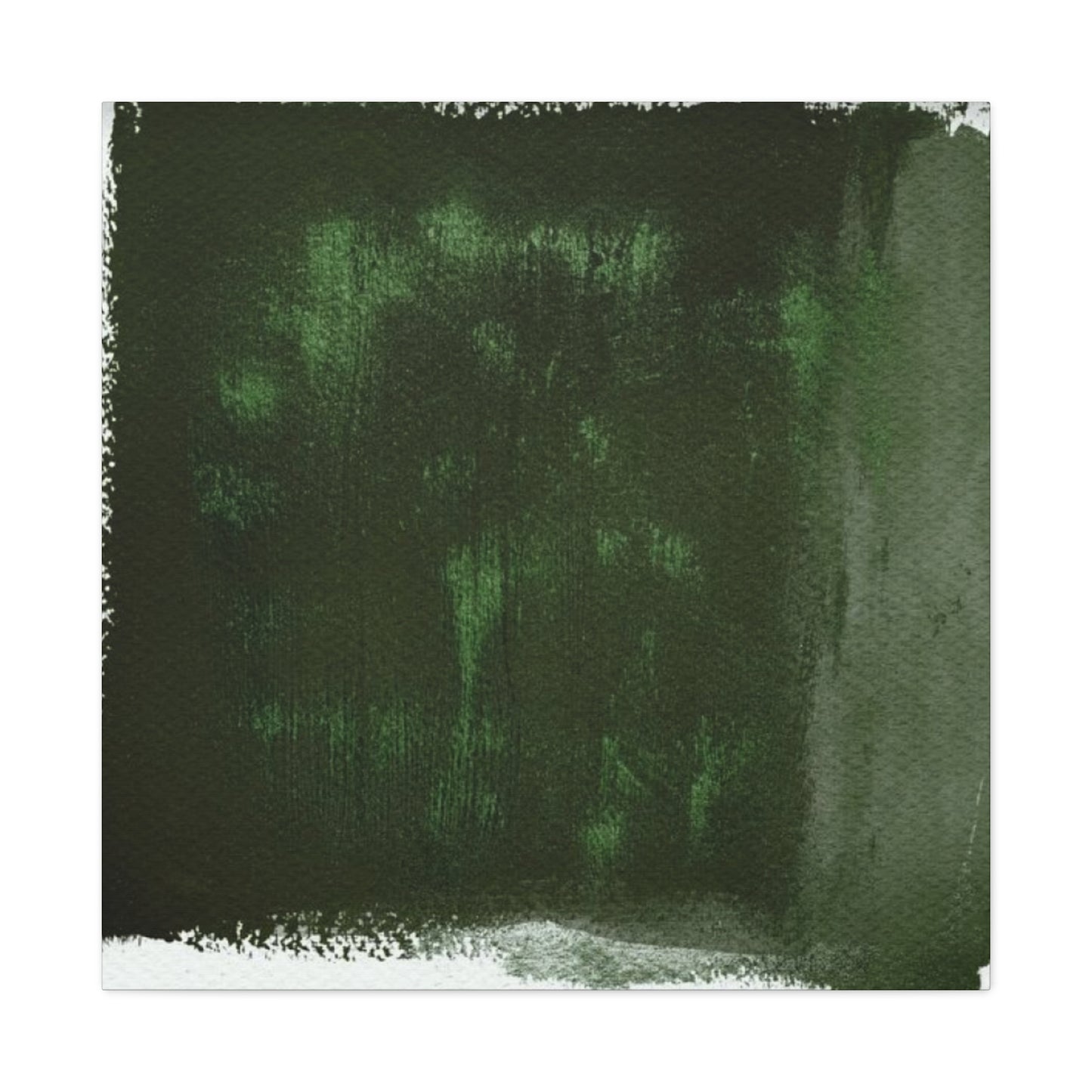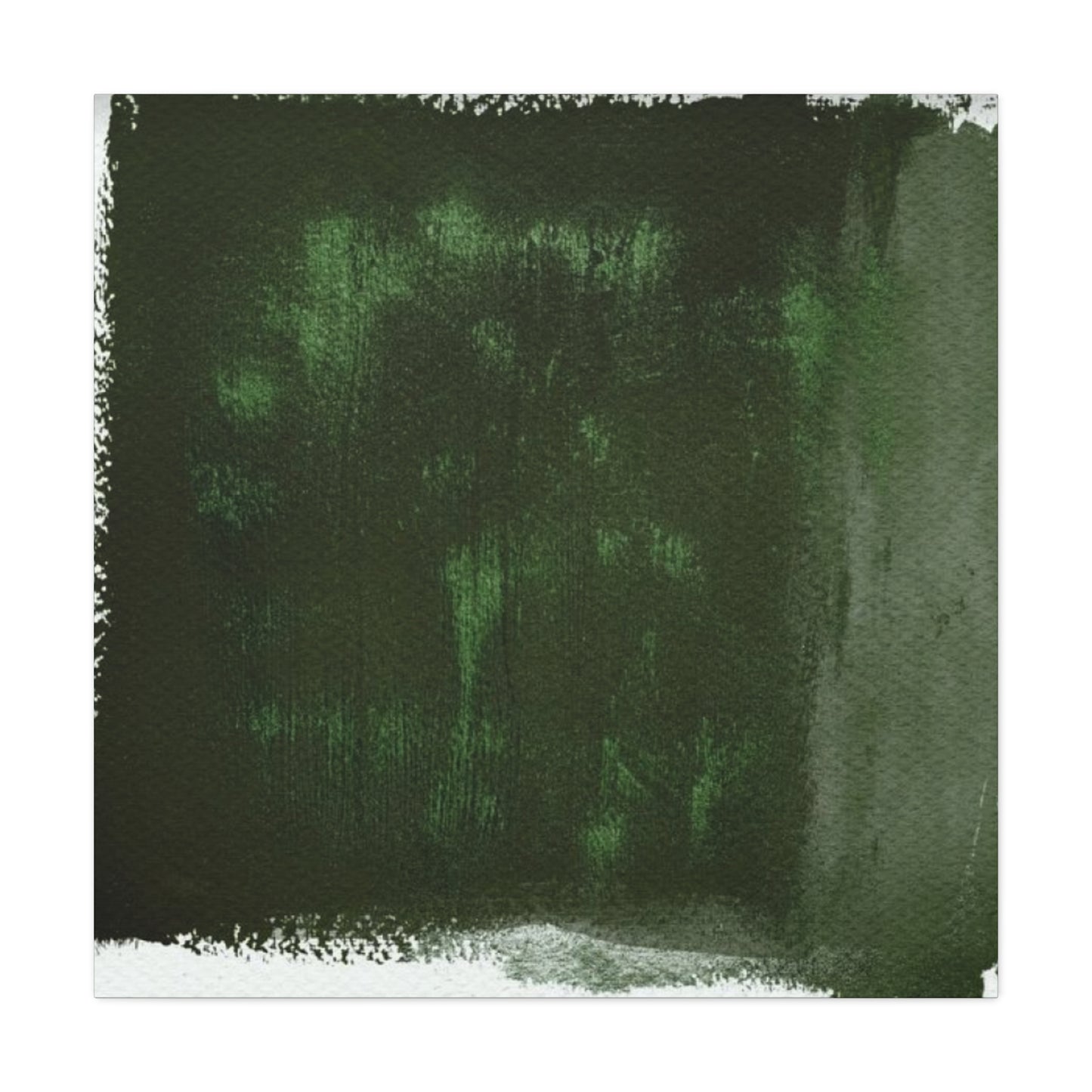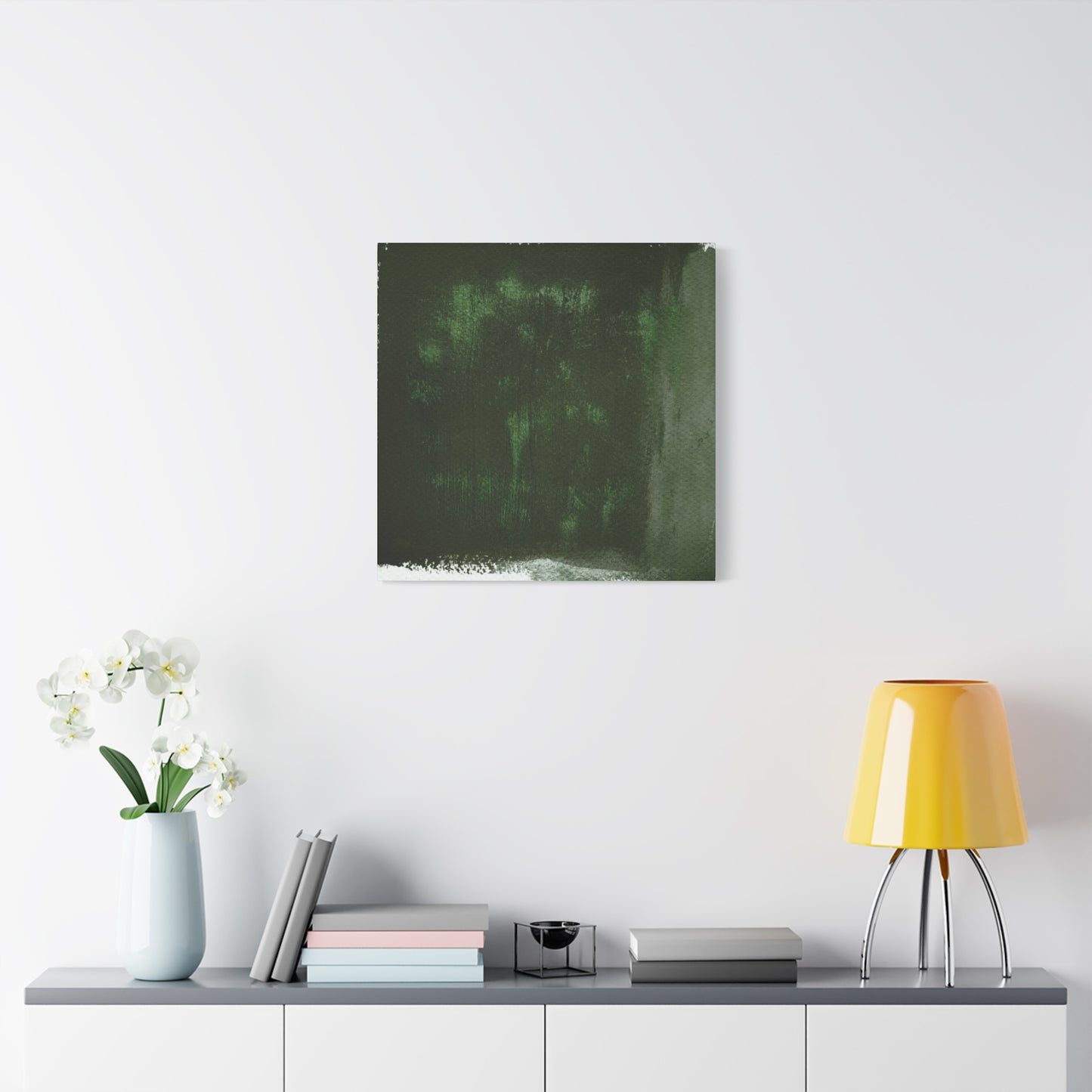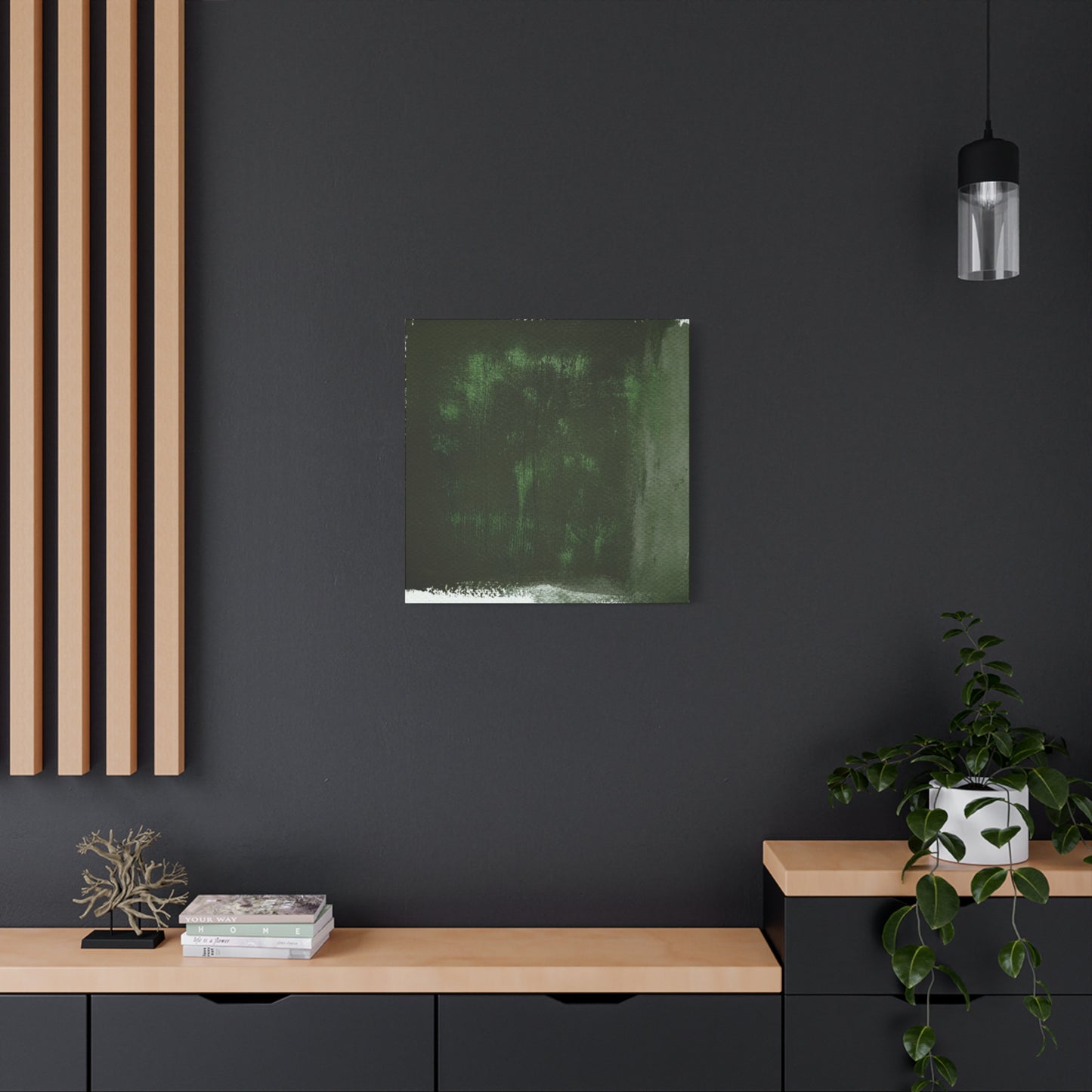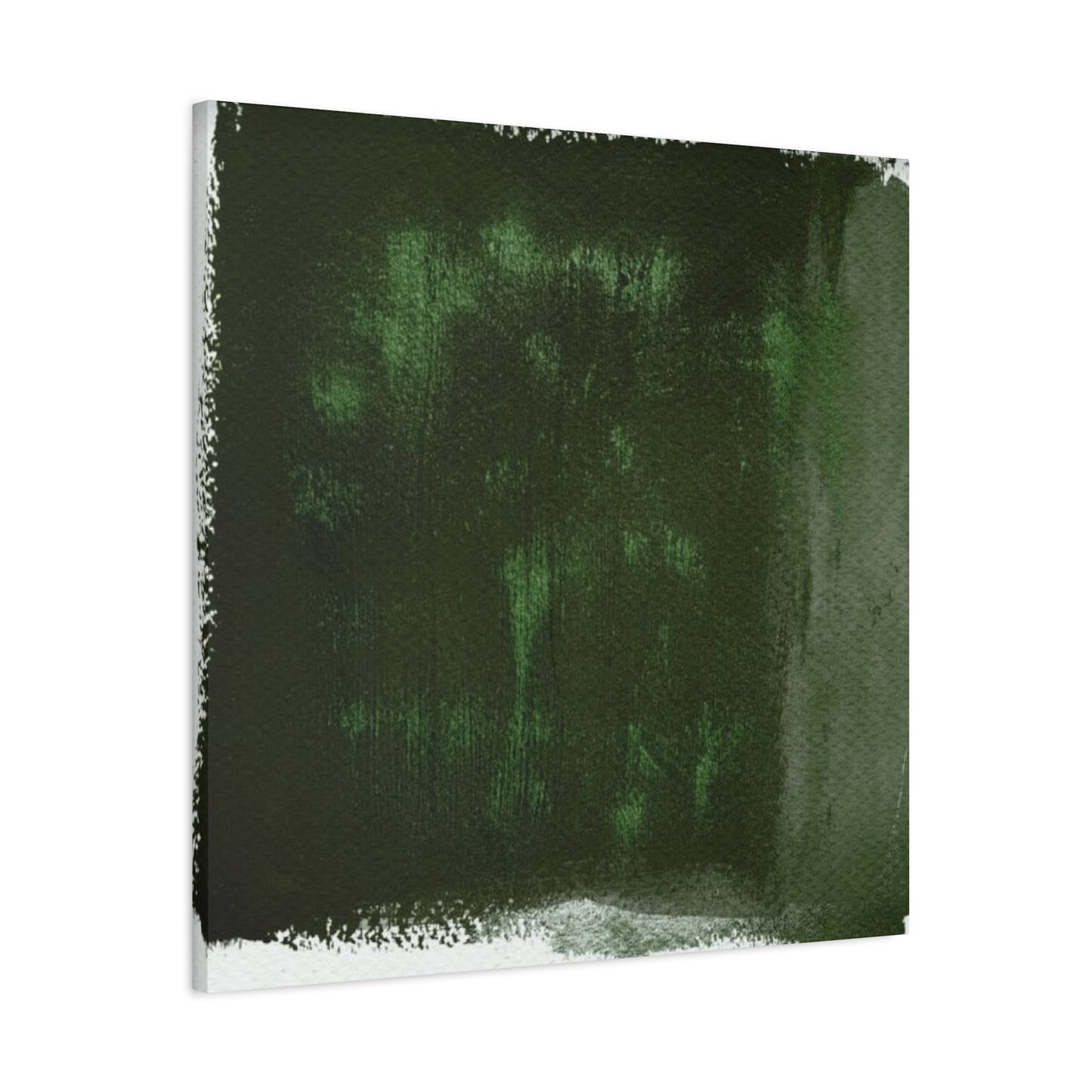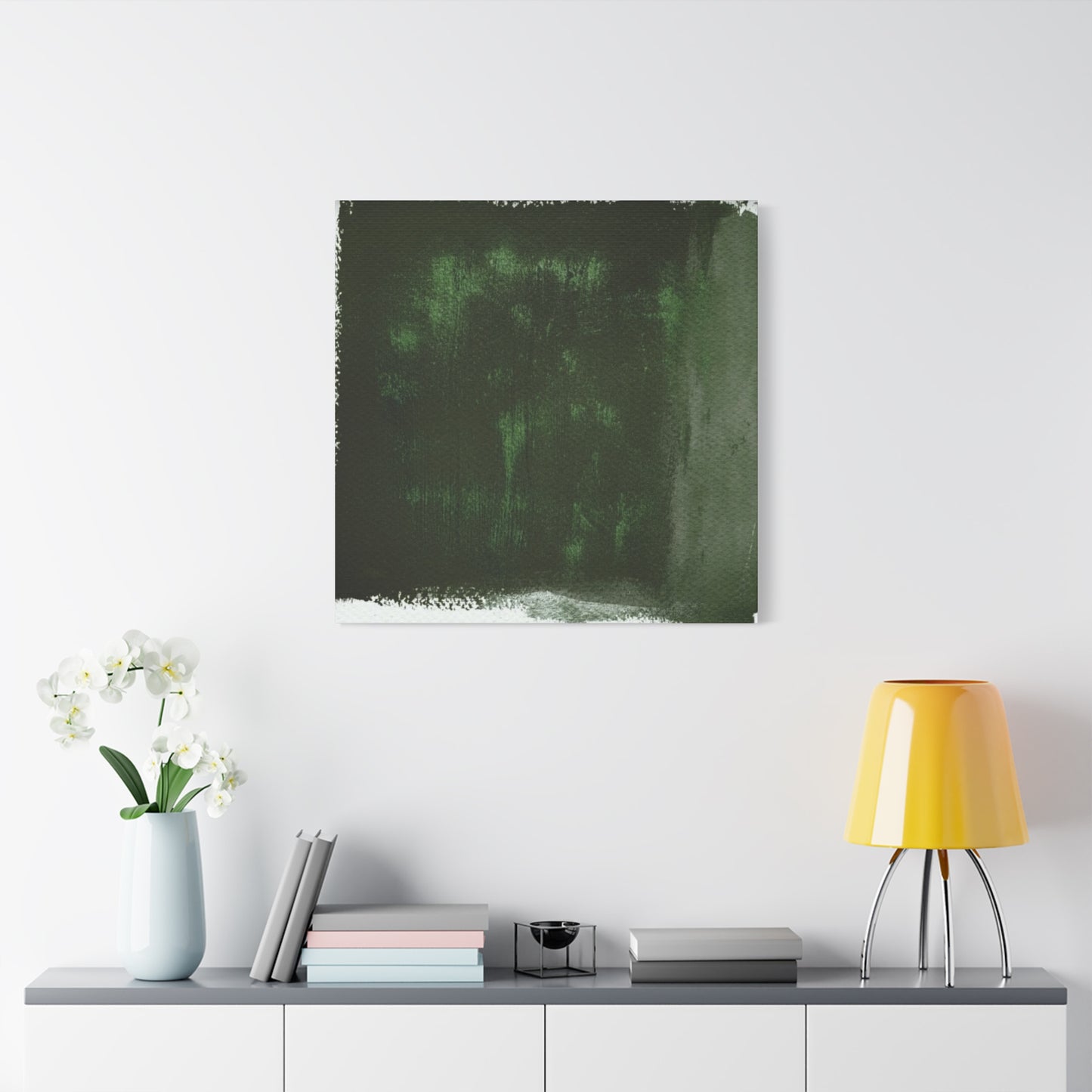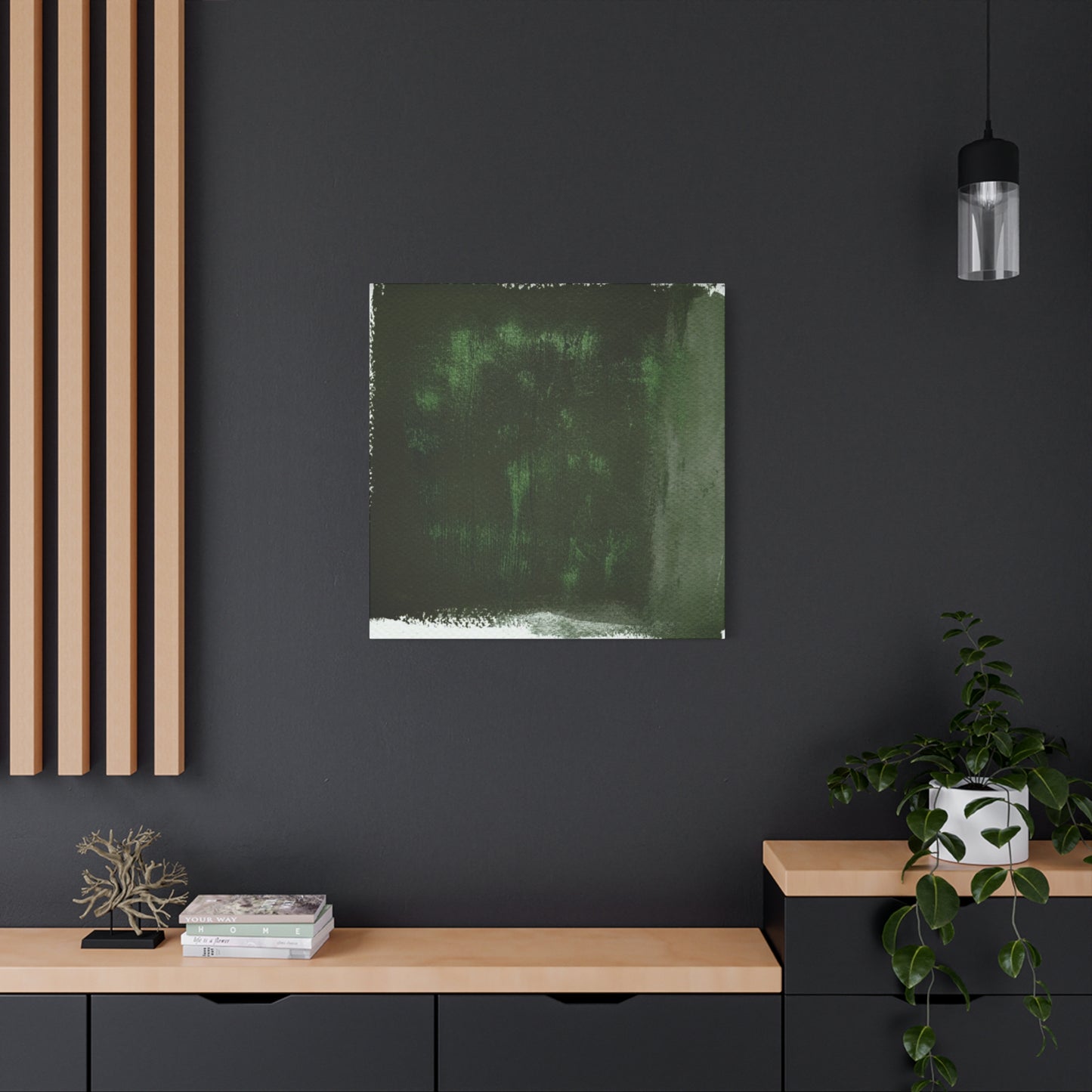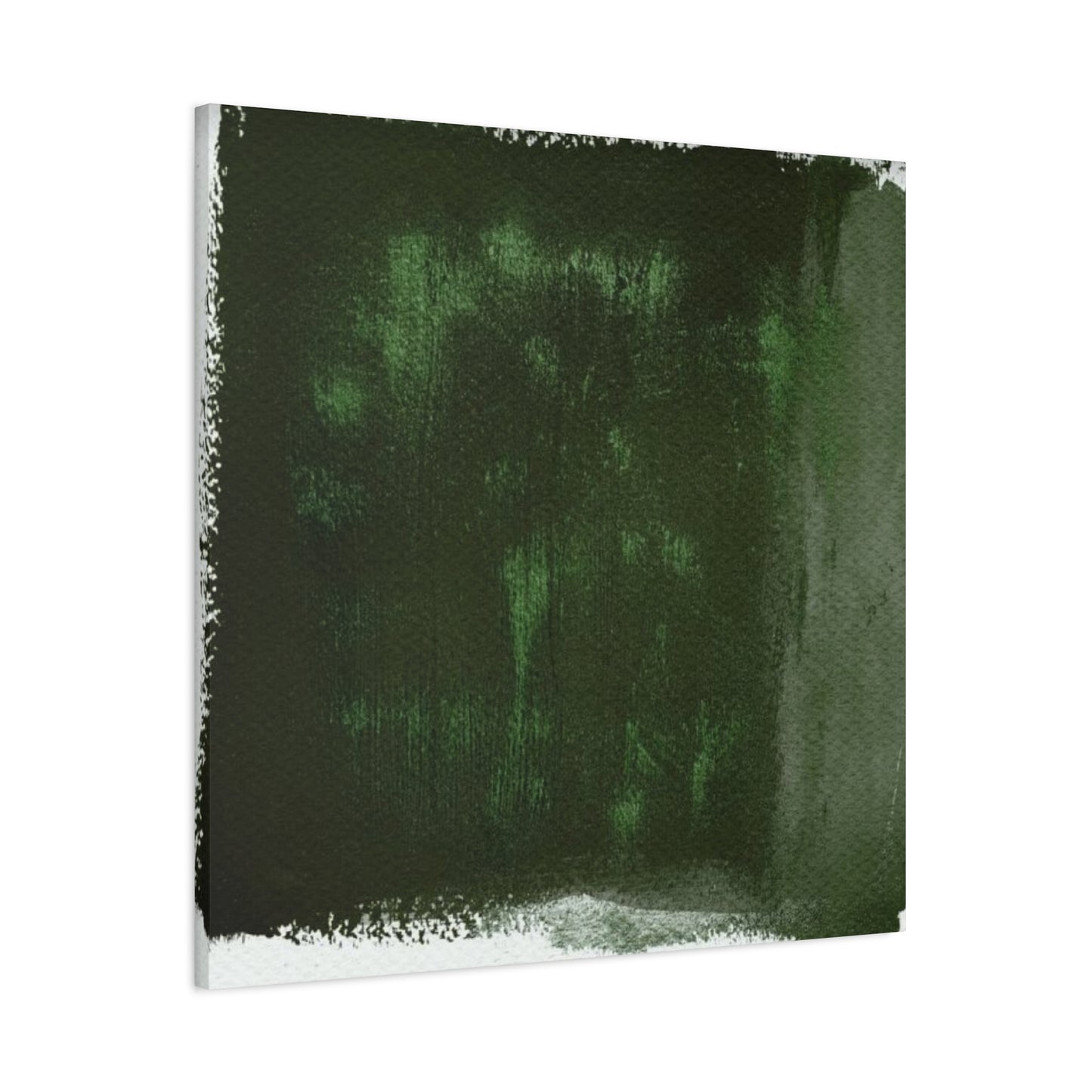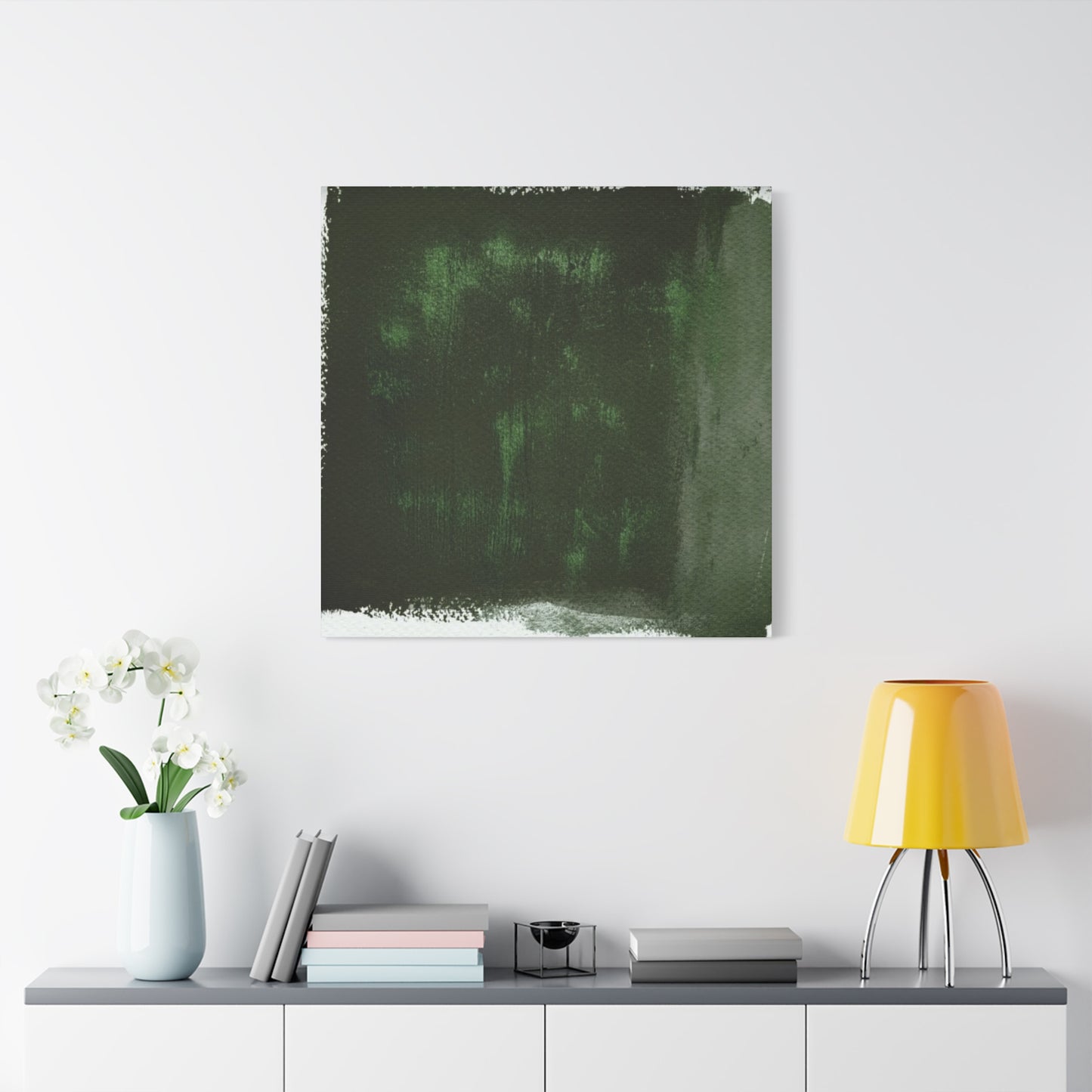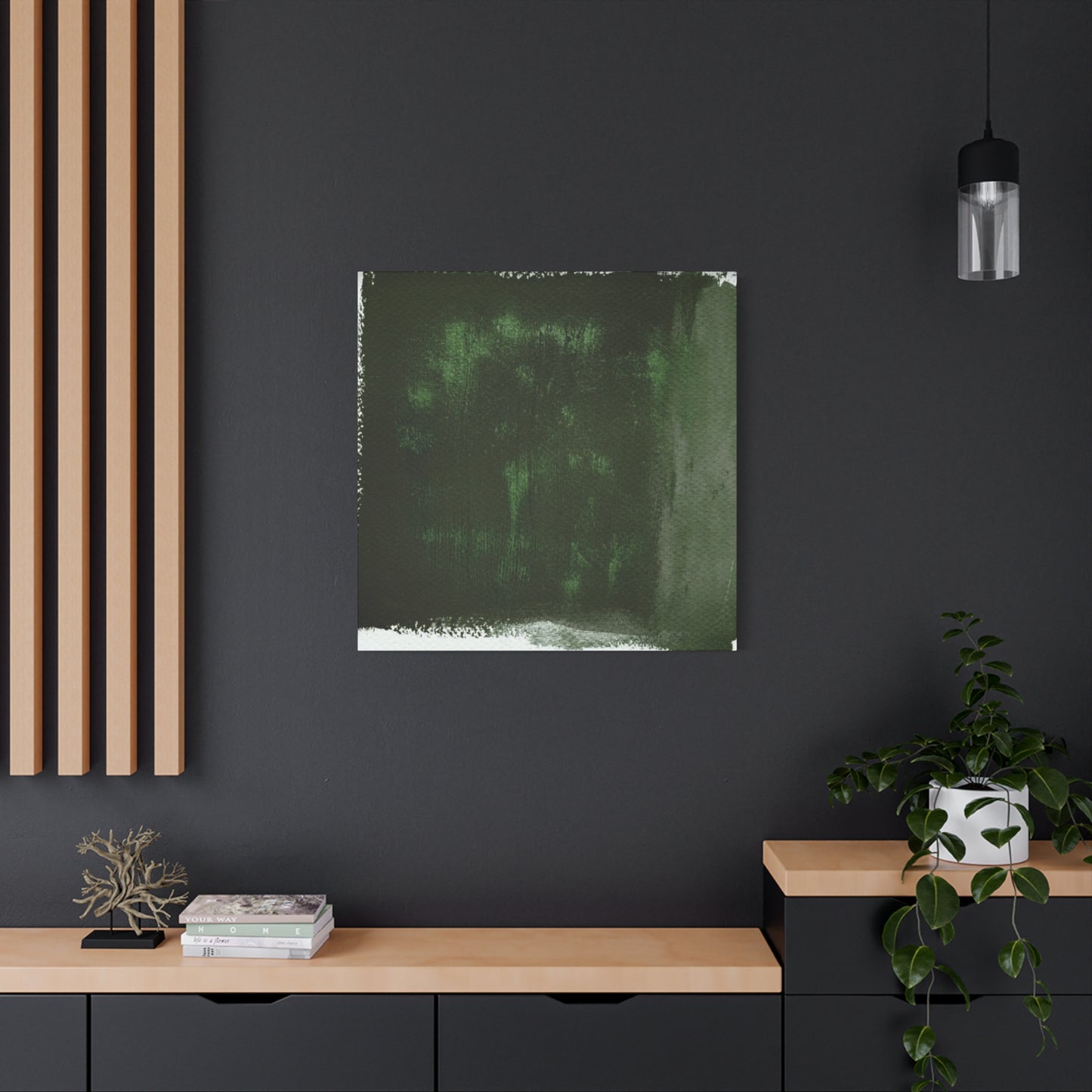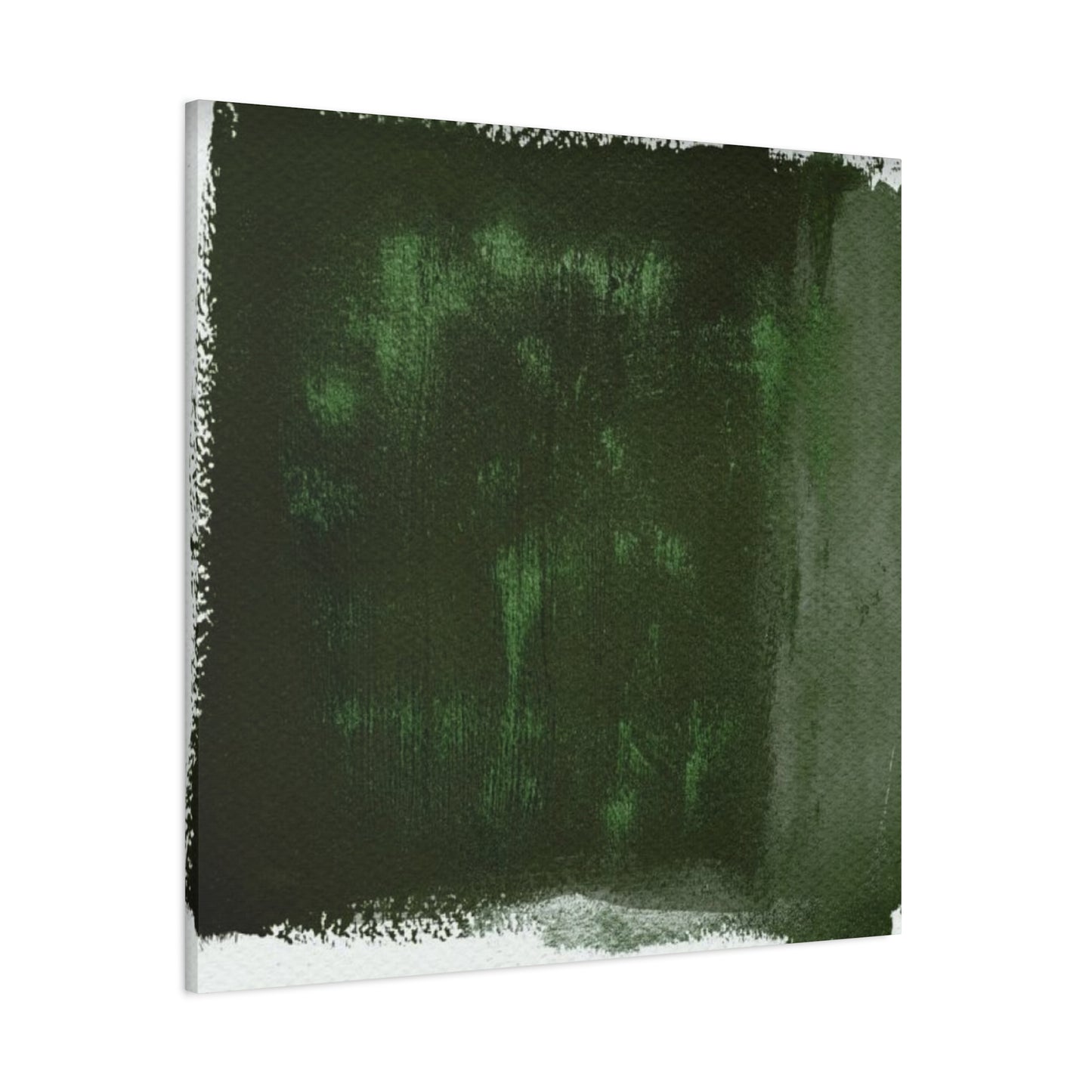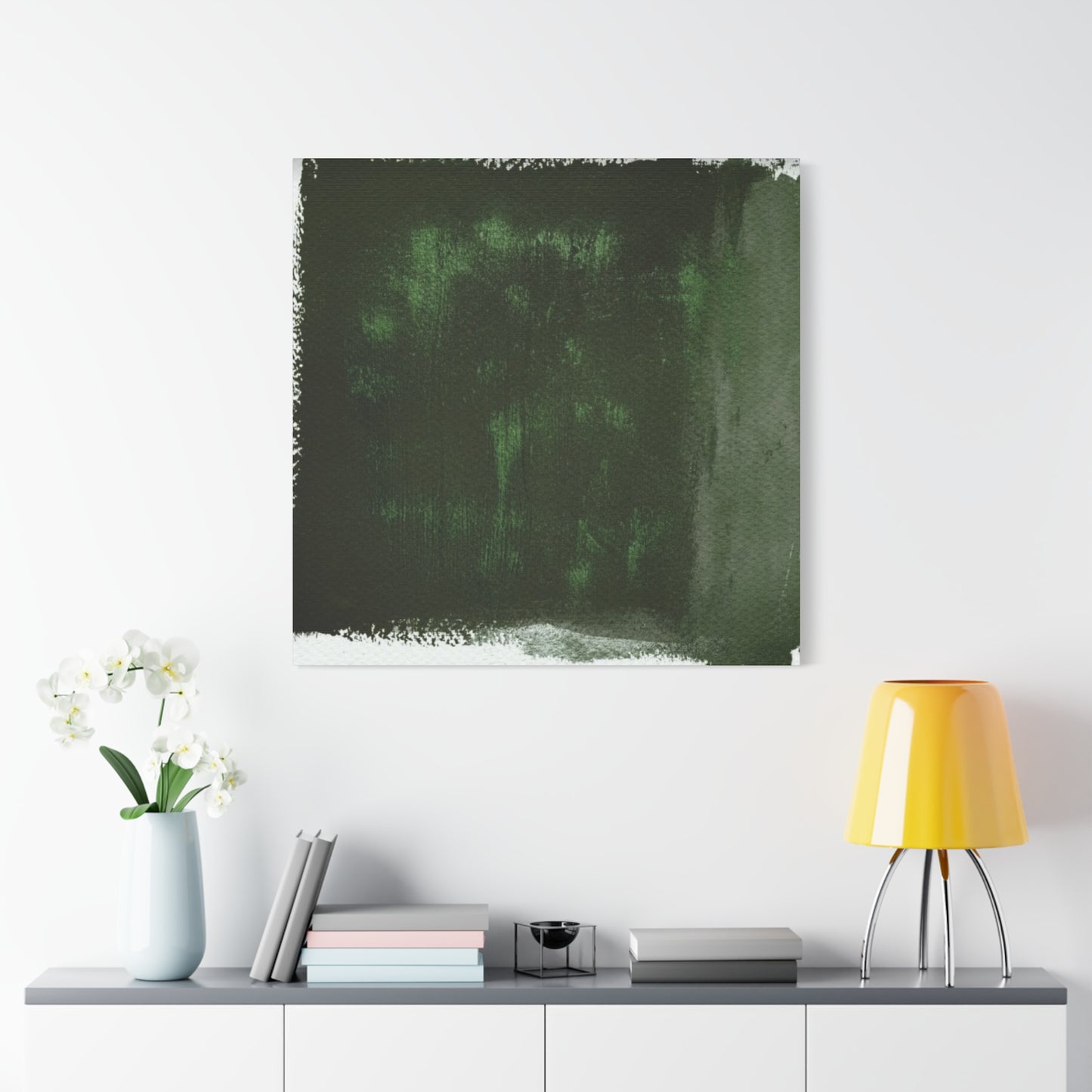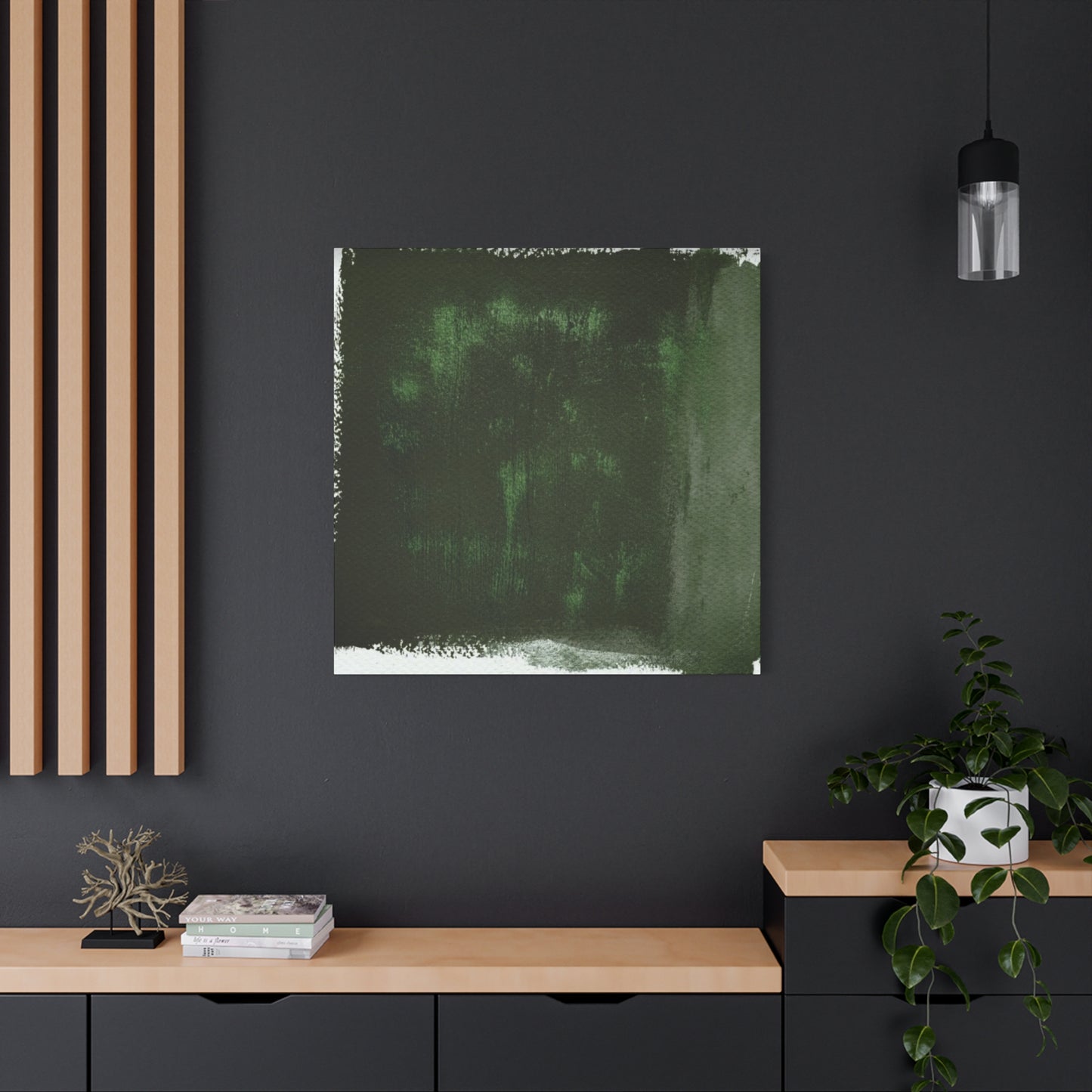Styling Your Space with Olive Green Paint Wall Art: A Blend of Nature and Design
Olive green has emerged as one of the most sophisticated and versatile colors in modern interior design, offering a perfect blend of natural warmth and contemporary elegance. This earthy tone carries with it a rich history that spans centuries, from military uniforms to Mediterranean landscapes, and now into the homes of design enthusiasts worldwide. The color sits comfortably between green and brown on the color spectrum, creating a muted yet impactful presence that can transform any living space into a sanctuary of style and comfort.
The popularity of olive green paint has surged in recent years as homeowners and interior designers alike have recognized its unique ability to create atmospheres that feel both grounded and refined. Unlike brighter greens that can feel overwhelming or sterile whites that lack personality, olive green strikes a delicate balance that appeals to those seeking a connection with nature without sacrificing sophistication. This color works exceptionally well in various lighting conditions, appearing richer in natural daylight and more intimate under artificial lighting, making it a practical choice for rooms with different orientations and purposes.
When incorporating olive green paint into your space, understanding its undertones becomes essential for achieving the desired effect. Some olive greens lean more toward brown, creating a warmer, more rustic feel, while others have cooler, grayer undertones that lend themselves to modern, minimalist aesthetics. The beauty of this color lies in its complexity and the way it can shift and change depending on its surroundings, adjacent colors, and the quality of light in the room. This chameleon-like quality makes olive green an excellent choice for those who want a dynamic color that evolves throughout the day and seasons.
Creating Harmonious Color Combinations with Olive Green Walls
The art of pairing colors with olive green walls requires an understanding of color theory and an eye for balance. Olive green serves as an excellent neutral base that can support both bold and subtle color schemes. When working with this earthy tone, consider the mood you want to create and the function of the space. For living rooms and bedrooms, softer complementary colors can enhance the calming properties of olive green, while kitchens and dining areas might benefit from more vibrant contrasts that stimulate appetite and conversation.
Cream and ivory tones create a classic combination with olive green walls, offering a timeless elegance that never goes out of style. These lighter neutrals brighten the space while allowing the olive green to remain the focal point. The contrast between the warmth of cream and the earthiness of olive creates visual interest without overwhelming the senses. This pairing works particularly well in traditional and transitional spaces where you want to maintain a sense of sophistication and comfort. Consider using cream-colored furniture, curtains, or decorative accessories to break up expanses of olive green and create breathing room in the design.
Terracotta and burnt orange hues provide a warm, Mediterranean-inspired palette when combined with olive green walls. This combination evokes the sun-drenched landscapes of Southern Europe and creates an inviting, cozy atmosphere. The orange undertones in terracotta complement the yellow undertones often found in olive green, creating a cohesive look that feels natural and organic. This color scheme works beautifully in spaces where you want to encourage gathering and conversation, such as dining rooms, kitchens, or casual living areas. Incorporate terracotta through pottery, textiles, or accent furniture to achieve this warm, welcoming aesthetic.
Navy blue and deep indigo create a sophisticated, masculine palette when paired with olive green walls. This combination draws inspiration from military and nautical themes, resulting in a look that feels both authoritative and refined. The coolness of navy provides an excellent counterpoint to the warmth of olive, creating a balanced composition that works well in home offices, libraries, or bedrooms. To prevent this combination from feeling too dark or heavy, incorporate metallic accents in brass or gold and ensure adequate lighting throughout the space. This pairing is particularly effective in rooms with good natural light, where the interplay between the two colors can be fully appreciated.
Blush pink and dusty rose offer an unexpected yet stunning contrast to olive green walls, creating a modern, gender-neutral palette that feels fresh and contemporary. This combination has gained popularity in recent years as designers have moved away from traditional gender-specific color schemes. The softness of pink softens the earthiness of olive green, resulting in a space that feels both grounded and romantic. This pairing works exceptionally well in bedrooms, nurseries, or bathrooms where you want to create a serene, spa-like atmosphere. Incorporate pink through bedding, artwork, or decorative accessories to add warmth and femininity to the space without overwhelming the olive green backdrop.
Mustard yellow and golden tones create a vibrant, energetic combination with olive green walls that feels optimistic and welcoming. Both colors share yellow undertones, creating a harmonious relationship that feels cohesive and intentional. This pairing works particularly well in spaces where you want to stimulate creativity and energy, such as home offices, craft rooms, or children's playrooms. The key to making this combination work is to use mustard as an accent rather than a dominant color, allowing the olive green to provide stability and grounding while the yellow adds pops of excitement and visual interest throughout the space.
Selecting the Perfect Olive Green Paint Shade for Your Space
Choosing the right shade of olive green paint requires careful consideration of multiple factors, including the room's natural light, size, function, and existing architectural features. Not all olive greens are created equal, and the subtle differences between shades can have a significant impact on the overall feel of your space. Before committing to a particular shade, it's essential to test samples on your walls and observe how they look at different times of day and under various lighting conditions.
Light olive green shades work beautifully in smaller rooms or spaces with limited natural light, as they help to brighten and open up the area without losing the color's characteristic warmth and depth. These lighter variations maintain the sophisticated nature of olive green while preventing the space from feeling closed in or cave-like. They pair exceptionally well with white trim and light-colored furniture, creating a fresh, airy atmosphere that still feels connected to nature. Light olive greens are particularly effective in bathrooms, powder rooms, or small bedrooms where you want to maintain a sense of spaciousness while introducing color.
Medium olive green shades represent the most versatile option, working well in a variety of spaces and lighting conditions. These mid-tone shades offer enough depth to create visual interest and drama while remaining approachable and livable. They work particularly well in main living areas, dining rooms, and master bedrooms where you want to make a statement without overwhelming the senses. Medium olive greens provide an excellent backdrop for both light and dark furniture, making them a practical choice for those who like to change their decor seasonally or who have inherited furniture pieces they want to incorporate into their design scheme.
Dark olive green shades create a moody, dramatic atmosphere that works best in spaces with abundant natural light or in rooms where you want to create an intimate, cozy feeling. These deeper tones work exceptionally well in libraries, home theaters, or accent walls where you want to make a bold statement. Dark olive greens pair beautifully with rich wood tones, leather furniture, and metallic accents, creating a luxurious, sophisticated aesthetic. When using dark olive green, it's crucial to balance it with lighter elements to prevent the space from feeling too heavy or oppressive. Consider painting only one or two walls in dark olive green while keeping others in lighter shades, or use it in rooms where you spend time primarily in the evening when artificial lighting creates a warm, inviting glow.
Gray-olive combinations offer a contemporary take on traditional olive green, incorporating cooler undertones that appeal to those who prefer a more modern, minimalist aesthetic. These shades work exceptionally well in urban lofts, contemporary homes, or spaces with industrial elements like exposed brick or concrete floors. The gray undertones in these olive greens make them particularly versatile, allowing them to work with both warm and cool color palettes. They pair beautifully with stainless steel, chrome, and other metallic finishes, creating a sleek, sophisticated look that feels current and stylish.
Yellow-olive variations lean warmer, emphasizing the golden undertones in olive green and creating a sunnier, more optimistic feel. These shades work beautifully in kitchens, breakfast nooks, or any space where you want to encourage energy and conversation. The warmth of yellow-olive shades makes them particularly effective in rooms that face north or receive limited natural light, as they help to compensate for the lack of sunshine. These shades pair exceptionally well with natural wood tones, particularly light or medium-toned woods, creating a cohesive, nature-inspired aesthetic that feels welcoming and comfortable.
Wall Art Styles That Complement Olive Green Painted Walls
The selection of wall art for olive green painted walls presents an exciting opportunity to enhance the room's aesthetic while expressing personal style. The earthy, neutral nature of olive green provides an excellent backdrop for various art styles, from traditional to contemporary. The key is to choose pieces that either complement the calming nature of olive green or provide intentional contrast to create visual interest and energy within the space.
Abstract art in warm tones creates a stunning focal point against olive green walls, particularly when the artwork incorporates colors that complement or contrast with the wall color. Look for pieces that feature burnt orange, terracotta, gold, or cream tones that will pop against the muted green backdrop. Abstract art allows for personal interpretation and can tie together various elements of your room's design scheme. Large-scale abstract pieces work particularly well above sofas or beds, creating a gallery-like atmosphere that elevates the entire space. The organic nature of many abstract works echoes the natural quality of olive green, creating a cohesive, harmonious environment.
Botanical prints and nature-inspired artwork create an obvious but effective pairing with olive green walls, reinforcing the connection to the natural world. Consider vintage botanical illustrations, pressed leaf prints, or contemporary plant photography to enhance the organic feel of your space. These types of artwork work particularly well in groupings or gallery walls, where you can create visual interest through varied sizes and frames. The combination of olive green walls and botanical art creates a biophilic design approach that has been shown to reduce stress and improve overall wellbeing. This style works beautifully in bedrooms, bathrooms, or any space where you want to create a calm, restorative atmosphere.
Black and white photography provides a striking contrast against olive green walls, creating a sophisticated, gallery-like atmosphere. The absence of color in the photography allows the olive green walls to remain the focal point while the images themselves provide visual interest and personality. This combination works particularly well in modern or minimalist spaces where you want to maintain clean lines and a curated aesthetic. Consider architectural photography, landscapes, or portraiture in black and white to create a cohesive collection that tells a story. The contrast between the muted color of the walls and the stark black and white images creates visual drama without feeling overwhelming or chaotic.
Vintage maps and travel-inspired artwork complement olive green walls beautifully, particularly in home offices, libraries, or study areas. The aged, sepia tones of antique maps harmonize with the earthy nature of olive green, creating a scholarly, sophisticated atmosphere. This combination works particularly well for those who love travel or history, allowing you to display your interests while maintaining a cohesive design scheme. Consider framing maps of places you've visited or dream of visiting, creating a personalized gallery that serves as both decoration and conversation starter. The combination of olive green walls and vintage maps creates a timeless aesthetic that transcends trends.
Gold-framed artwork and mirrors add a luxurious touch to olive green walls, creating an elegant, upscale atmosphere. The warmth of gold complements the yellow undertones in olive green, resulting in a rich, cohesive look that feels intentional and refined. This combination works particularly well in dining rooms, entryways, or master bedrooms where you want to create a sense of grandeur and sophistication. When selecting gold-framed pieces, consider the style of the frame itself; ornate, traditional frames create a more classic look, while simple, modern gold frames maintain a contemporary aesthetic. The reflective quality of gold adds dimension and light to rooms painted in olive green, preventing them from feeling too dark or flat.
Modern geometric art provides a contemporary contrast to the organic nature of olive green walls, creating visual interest through shape and form rather than color alone. Look for pieces that incorporate clean lines, bold shapes, and metallic accents that will stand out against the muted wall color. This style works particularly well in mid-century modern or contemporary spaces where you want to emphasize structure and design. Geometric art can tie together various elements of your room, echoing shapes found in furniture, lighting fixtures, or architectural details. The combination of olive green walls and geometric art creates a balanced aesthetic that feels both natural and intentionally designed.
Furniture Selection and Placement with Olive Green Walls
Selecting furniture to complement olive green walls requires careful consideration of style, color, and scale. The right furniture can enhance the beauty of olive green walls while creating a cohesive, functional space that meets your needs and reflects your personal style. Whether you prefer traditional, modern, or eclectic aesthetics, understanding how different furniture styles and colors interact with olive green walls will help you create a space you love.
Natural wood furniture creates a seamless, organic pairing with olive green walls, reinforcing the connection to nature and creating a warm, inviting atmosphere. Light to medium wood tones work particularly well, as they provide contrast without competing with the wall color. Oak, maple, walnut, and teak all complement olive green beautifully, each bringing its own character and warmth to the space. When selecting wood furniture, consider pieces with visible grain and texture, as these details add visual interest and depth to the room. The combination of natural wood and olive green creates a timeless aesthetic that works well in various design styles, from Scandinavian minimalism to rustic farmhouse.
White and cream-colored furniture provides a fresh, bright contrast to olive green walls, creating a light, airy atmosphere that prevents the space from feeling too heavy or dark. This combination works particularly well in bedrooms, where you want to maintain a serene, restful environment. White furniture reflects light, helping to brighten rooms painted in deeper olive green shades. The contrast between white furniture and olive green walls creates definition and structure, making each element stand out while maintaining overall harmony. Consider upholstered pieces in natural fabrics like linen or cotton to add texture and warmth to the stark contrast between white and green.
Black furniture creates a bold, dramatic statement against olive green walls, resulting in a sophisticated, moody aesthetic that feels intentionally designed. This combination works particularly well in contemporary or industrial spaces where you want to emphasize clean lines and modern design. Black leather sofas, metal bed frames, or painted wood pieces all work beautifully with olive green walls, creating a masculine, refined atmosphere. To prevent this combination from feeling too dark, incorporate plenty of lighting and lighter accent pieces throughout the space. The key to making black furniture work with olive green walls is balance; ensure that not every piece in the room is dark, and use lighter textiles and accessories to create visual relief.
Gray furniture offers a contemporary, versatile option that works with various shades of olive green. Light gray provides subtle contrast, creating a calm, cohesive look, while dark gray or charcoal creates more drama and definition. Gray upholstered furniture, in particular, works beautifully with olive green walls, as the texture of the fabric adds visual interest and warmth. This combination works well in modern, transitional, or Scandinavian-inspired spaces where you want to maintain a neutral palette while introducing color through the walls. Gray furniture allows other elements, such as artwork, textiles, and accessories, to become focal points while providing a solid foundation for the overall design.
Brass and gold-accented furniture adds a touch of luxury and warmth to rooms with olive green walls, creating an elegant, upscale aesthetic. Consider pieces with brass legs, gold hardware, or metallic frames to introduce this refined element into your space. The warmth of brass and gold complements the yellow undertones in olive green, creating a cohesive, intentional look. This combination works particularly well in dining rooms, where brass lighting fixtures and gold-accented chairs can create a sophisticated atmosphere for entertaining. The reflective quality of metallic furniture adds dimension and light to rooms painted in olive green, enhancing the overall ambiance.
Leather furniture in brown, tan, or cognac tones creates a rich, traditional pairing with olive green walls that feels timeless and sophisticated. The natural material of leather complements the organic quality of olive green, while the warm tones add depth and character to the space. Leather furniture ages beautifully, developing a patina over time that adds to its charm and appeal. This combination works particularly well in libraries, home offices, or living rooms where you want to create a classic, refined atmosphere. The durability and low-maintenance nature of leather furniture make it a practical choice for high-traffic areas, while its aesthetic appeal ensures it will remain stylish for years to come.
Lighting Strategies for Olive Green Painted Rooms
Proper lighting is essential when working with olive green walls, as it can dramatically affect how the color appears and influences the overall mood and functionality of the space. Olive green can appear quite different under various lighting conditions, making it crucial to develop a comprehensive lighting plan that includes ambient, task, and accent lighting. Understanding how different types of light interact with olive green walls will help you create a space that looks beautiful and functions well throughout the day and evening.
Natural light consideration forms the foundation of any lighting plan for olive green rooms. Rooms with abundant natural light can accommodate deeper, richer olive green shades, as the sunlight prevents them from feeling too dark or oppressive. South-facing rooms, which receive the most consistent natural light throughout the day, can handle the darkest olive green shades. East-facing rooms, which receive bright morning light, work well with medium olive greens that will glow warmly in the morning sun. West-facing rooms, with their warm afternoon and evening light, can beautifully showcase olive green walls that will appear richer and more golden as the day progresses. North-facing rooms, which receive cooler, more diffuse light, benefit from lighter olive green shades or those with warmer undertones to compensate for the lack of direct sunlight.
Warm white light bulbs are essential for olive green rooms, as they enhance the warm undertones in the paint and create a cozy, inviting atmosphere. Bulbs with a color temperature of 2700K to 3000K work particularly well, mimicking the warm glow of traditional incandescent bulbs. These warmer lights prevent olive green from appearing too muddy or gray, instead highlighting its rich, earthy qualities. Avoid cool white or daylight bulbs in olive green rooms, as they can make the walls appear dull and lifeless, emphasizing any gray undertones and creating a cold, unwelcoming atmosphere.
Layered lighting approach creates depth and versatility in olive green rooms, allowing you to adjust the ambiance based on the time of day and the room's function. Start with ambient lighting to provide overall illumination, typically through ceiling fixtures, recessed lighting, or chandeliers. Add task lighting in areas where specific activities occur, such as reading lights beside a bed, under-cabinet lighting in a kitchen, or desk lamps in a home office. Finally, incorporate accent lighting to highlight architectural features, artwork, or create mood through table lamps, wall sconces, or LED strips. This layered approach ensures that olive green walls look their best under any circumstances while providing the flexibility to create different moods and atmospheres.
Brass and gold light fixtures add warmth and elegance to olive green rooms while providing practical illumination. These metallic finishes complement the yellow undertones in olive green, creating a cohesive, luxurious aesthetic. Consider pendant lights, chandeliers, floor lamps, or table lamps with brass or gold finishes to introduce this refined element into your space. The reflective quality of these metallic fixtures helps to bounce light around the room, making olive green walls appear richer and more dimensional. This combination works particularly well in dining rooms, bedrooms, or living rooms where you want to create a sophisticated, upscale atmosphere.
Statement lighting fixtures become focal points in olive green rooms, drawing the eye upward and adding visual interest to the space. Consider oversized pendant lights, dramatic chandeliers, or sculptural floor lamps that make a design statement while providing illumination. Against olive green walls, bold lighting fixtures stand out beautifully, creating a dynamic interplay between form and color. This approach works particularly well in rooms with high ceilings or open floor plans where you want to define specific areas or create visual anchors. When selecting statement lighting for olive green rooms, consider pieces that incorporate materials and colors that complement your overall design scheme, such as natural materials, warm metals, or glass elements.
Natural light enhancement techniques help maximize the available daylight in olive green rooms, preventing them from feeling too dark or cave-like. Use sheer curtains or light-filtering shades that allow natural light to enter while maintaining privacy. Position mirrors strategically to reflect natural light deeper into the room, particularly across from windows. Keep window treatments minimal and simple to avoid blocking precious natural light. Consider painting trim, moldings, and ceilings in bright white to reflect light and create contrast with olive green walls. These techniques work together to ensure that olive green rooms feel bright and open, even when painted in deeper shades.
Textiles and Fabric Choices for Olive Green Spaces
Selecting the right textiles and fabrics for rooms with olive green walls is crucial for creating a cohesive, comfortable space that feels intentionally designed. Textiles add warmth, texture, and visual interest while providing practical comfort. The colors, patterns, and materials you choose will significantly impact the overall aesthetic and how the olive green walls are perceived.
Linen fabrics in natural, cream, or white tones create a relaxed, organic pairing with olive green walls that feels effortlessly elegant. The texture and slight sheen of linen add visual interest without overwhelming the space, while the natural fibers complement the earthy quality of olive green. Linen curtains allow diffused light to filter through while providing privacy, making them an excellent choice for living rooms or bedrooms with olive green walls. Linen upholstery on sofas, chairs, or headboards adds tactile appeal and creates a casual, comfortable atmosphere. The slightly rumpled, lived-in quality of linen fabric enhances the relaxed vibe of olive green spaces, creating an inviting environment that encourages comfort and relaxation.
Velvet textiles in jewel tones create a luxurious, opulent pairing with olive green walls that feels rich and sophisticated. Consider deep burgundy, sapphire blue, emerald green, or golden yellow velvet pillows, throws, or upholstered furniture to add drama and elegance to your olive green space. The lustrous quality of velvet catches and reflects light beautifully, adding dimension and movement to the room. This combination works particularly well in formal living rooms, master bedrooms, or dining rooms where you want to create an upscale, glamorous atmosphere. The contrast between the matte finish of olive green walls and the sheen of velvet textiles creates visual interest and depth.
Cotton textiles in various textures provide versatile, practical options for olive green rooms. Consider waffle weave, cable knit, or herringbone patterns to add visual interest and tactile appeal. Cotton throw blankets, pillows, and bedding in cream, white, or soft gray tones create a fresh, clean look against olive green walls while remaining easy to care for and budget-friendly. The natural fibers of cotton complement the organic quality of olive green, creating a cohesive, comfortable aesthetic. Cotton textiles work particularly well in casual spaces like family rooms, children's bedrooms, or guest rooms where you want to prioritize comfort and practicality without sacrificing style.
Leather accents in brown, tan, or cognac tones add warmth and sophistication to olive green spaces. Consider leather pillows with brass studs, leather ottomans, or upholstered benches to introduce this natural material into your design. Leather develops a beautiful patina over time, adding character and depth to your space. The combination of leather and olive green creates a masculine, refined aesthetic that works particularly well in home offices, libraries, or dens. The durability and low-maintenance nature of leather make it a practical choice for high-traffic areas, while its timeless appeal ensures it will remain stylish for years to come.
Geometric patterned textiles add visual interest and contemporary flair to olive green rooms. Look for pillows, throws, or curtains featuring geometric designs in complementary colors like cream, gold, terracotta, or navy. These patterns create focal points within the room and can tie together various design elements. Geometric patterns work particularly well in modern or mid-century inspired spaces where you want to emphasize clean lines and intentional design. The contrast between the organic, natural quality of olive green walls and the structured, mathematical nature of geometric patterns creates a balanced, dynamic aesthetic.
Natural fiber rugs like jute, sisal, or seagrass create a textural foundation for olive green rooms while reinforcing the connection to nature. These rugs add warmth underfoot and help to define spaces in open floor plans. The neutral tones of natural fiber rugs complement olive green walls beautifully without competing for attention. They work particularly well in casual, coastal, or bohemian-inspired spaces where you want to emphasize natural materials and relaxed comfort. Layer natural fiber rugs with softer rugs in complementary colors to create depth and visual interest while maintaining comfort.
Accent Wall Strategies with Olive Green Paint
Creating an accent wall with olive green paint offers a way to introduce this sophisticated color into your space without committing to painting an entire room. An accent wall serves as a focal point, drawing the eye and adding visual interest while allowing other walls to remain neutral. Understanding where and how to create an olive green accent wall will help you maximize its impact and create a cohesive design.
Bedroom headboard walls make ideal candidates for olive green accent walls, creating a dramatic backdrop for the bed while maintaining a sense of calm and relaxation. This placement draws attention to the bed as the room's focal point while allowing the other walls to remain in lighter, more neutral tones that help the space feel open and airy. An olive green accent wall behind the bed pairs beautifully with white or cream bedding, natural wood furniture, and warm metallic accents. This approach works particularly well in master bedrooms where you want to create a sophisticated, restful retreat. Consider extending the olive green color to include the ceiling above the bed for an even more dramatic, enveloping effect.
Living room focal walls behind televisions or fireplaces create architectural interest and draw attention to these natural gathering points. An olive green accent wall in this location provides a rich, sophisticated backdrop that makes these features stand out while creating a cozy, intimate atmosphere. This placement works particularly well in open-concept homes where you want to define the living area without using physical barriers. The deep, grounding quality of olive green helps to anchor the space and create a sense of intentional design. Enhance this accent wall with open shelving, artwork, or architectural molding to add even more visual interest and dimension.
Dining room feature walls create an elegant, sophisticated backdrop for entertaining and family meals. An olive green accent wall in a dining room sets the tone for intimate gatherings and special occasions, creating an upscale atmosphere that makes every meal feel special. This placement works particularly well on the wall behind a buffet or sideboard, creating a gallery-like backdrop for displaying serving pieces, artwork, or decorative objects. Pair an olive green dining room accent wall with brass lighting fixtures, natural wood furniture, and rich textiles to create a warm, inviting space that encourages lingering conversation and connection.
Home office accent walls behind desks create a professional, focused atmosphere while adding personality and style to the workspace. An olive green accent wall in a home office provides a calming backdrop that promotes concentration and creativity without being distracting. This color choice works particularly well for video calls, providing an attractive, professional background that doesn't compete with your presence on screen. Pair an olive green home office accent wall with functional and beautiful storage solutions, task lighting, and artwork or inspiration boards to create a productive, enjoyable workspace.
Bathroom accent walls add spa-like sophistication to these utilitarian spaces, transforming them into personal retreats. An olive green accent wall in a bathroom creates a grounding, natural atmosphere that promotes relaxation and self-care. This placement works particularly well in bathrooms with white or light-colored fixtures and tiles, providing contrast and visual interest. Consider painting the wall behind a freestanding tub or vanity to create a focal point and enhance the room's design. Pair an olive green bathroom accent wall with natural materials like wood, stone, and plants to create a biophilic design that feels restorative and calming.
Entryway accent walls create a memorable first impression and set the tone for the rest of your home. An olive green accent wall in an entryway welcomes guests with sophisticated style while providing a backdrop for practical elements like hooks, benches, or console tables. This placement works particularly well in narrow hallways or small entryways where painting all the walls in a dark color might feel overwhelming. An olive green accent wall helps to create definition and interest in these transitional spaces while maintaining a sense of openness. Pair this accent wall with a large mirror, statement lighting, and a console table in natural wood or white to create a functional, beautiful entryway.
Flooring Options That Enhance Olive Green Walls
Selecting the right flooring for rooms with olive green walls is essential for creating a cohesive, harmonious design. The flooring serves as the foundation for your entire space, influencing how colors appear and affecting the overall mood and style. Understanding how different flooring options interact with olive green walls will help you make informed decisions that enhance your design vision.
Light hardwood floors create a bright, airy foundation for olive green walls, providing contrast and helping to prevent the space from feeling too dark. Maple, ash, or white oak floors offer natural beauty while reflecting light and making rooms feel larger. The combination of light wood floors and olive green walls creates a Scandinavian-inspired aesthetic that feels fresh, modern, and connected to nature. This pairing works particularly well in living rooms, bedrooms, or any space where you want to maintain a sense of openness and light. The natural grain and variation in light hardwood floors add visual interest and texture without competing with the olive green walls.
Medium-toned hardwood floors in oak, hickory, or walnut create a balanced, harmonious pairing with olive green walls. These wood tones provide warmth and richness while maintaining enough contrast to keep the space from feeling monotonous. The combination of medium wood floors and olive green walls creates a timeless, versatile foundation that works with various design styles, from traditional to contemporary. This pairing is particularly effective in homes with open floor plans, where consistent flooring throughout the space creates flow and cohesion even as wall colors change from room to room.
Dark hardwood floors create a dramatic, sophisticated pairing with olive green walls that works best in rooms with abundant natural light. Espresso, ebony, or dark walnut floors provide a rich, luxurious foundation that makes olive green walls pop. This combination creates a moody, intimate atmosphere that works particularly well in formal living rooms, master bedrooms, or home libraries where you want to create a sense of elegance and refinement. To prevent this combination from feeling too dark, incorporate plenty of white or cream-colored elements through furniture, textiles, and accessories. This dramatic pairing makes a bold design statement that feels intentional and curated.
Natural stone floors in limestone, travertine, or slate create an organic, earthy pairing with olive green walls that reinforces the connection to nature. These natural materials add texture, durability, and timeless beauty to your space. The neutral tones and natural variation in stone floors complement olive green walls beautifully, creating a cohesive, grounded aesthetic. This combination works particularly well in entryways, kitchens, or bathrooms where durability and water resistance are important considerations. The cool tones of natural stone provide a pleasing contrast to the warmth of olive green, creating visual balance and interest.
Light-colored tile or porcelain flooring creates a clean, fresh foundation for olive green walls, particularly in kitchens and bathrooms. White, cream, or light gray tiles provide contrast and help to reflect light, preventing these functional spaces from feeling too dark or closed in. This combination creates a spa-like atmosphere in bathrooms and a fresh, inviting environment in kitchens. Consider large-format tiles to minimize grout lines and create a seamless, contemporary look. The combination of light tile floors and olive green walls works particularly well in modern or transitional spaces where you want to maintain a clean, uncluttered aesthetic.
Neutral carpet in beige, cream, or light gray creates a soft, comfortable foundation for olive green walls in bedrooms and living areas. Carpet adds warmth, sound absorption, and comfort underfoot, making it an excellent choice for spaces where you want to prioritize coziness and relaxation. The neutral tones of carpet complement olive green walls without competing for attention, allowing other design elements to become focal points. This combination works particularly well in master bedrooms where you want to create a serene, restful retreat. Consider textured or patterned carpet to add visual interest while maintaining a neutral color palette.
Architectural Details and Trim Considerations with Olive Green
The treatment of architectural details and trim in rooms with olive green walls significantly impacts the overall aesthetic and can either enhance or detract from the color's beauty. Thoughtful consideration of these elements creates polish and sophistication while providing opportunities to introduce contrast or reinforce your design vision.
White trim creates classic contrast with olive green walls, providing clean, crisp definition that makes both elements stand out. This traditional approach works beautifully in homes with original architectural details like crown molding, baseboards, window casings, and door frames. The bright white trim creates breathing room around olive green walls, preventing the color from feeling overwhelming while adding a fresh, timeless quality to the space. This combination works particularly well in Colonial, Victorian, or Craftsman-style homes where architectural details are a key feature. The contrast between white trim and olive green walls creates visual structure and emphasizes the room's proportions and architectural elements.
Cream or off-white trim offers a softer, more subtle contrast with olive green walls, creating a vintage or aged appearance that works beautifully in traditional or farmhouse-style homes. This approach feels less stark than bright white trim while still providing definition and contrast. Cream trim complements the warm undertones in olive green, creating a cohesive, harmonious look that feels intentional and refined. This combination works particularly well in older homes or spaces where you want to create a sense of history and character. The subtle contrast between cream trim and olive green walls creates a sophisticated, layered look that feels collected over time.
Matching olive green trim creates a seamless, modern look where walls and woodwork blend together, emphasizing form and shape rather than creating contrast through color. This approach works particularly well in contemporary homes or minimalist spaces where you want to create a clean, uncluttered aesthetic. Painting trim the same color as walls can make ceilings appear higher and rooms feel larger by eliminating visual breaks. This technique is particularly effective when working with high-quality architectural details like coffered ceilings, built-in shelving, or decorative molding, allowing the craftsmanship and design to take center stage without color distraction.
Black trim creates a bold, contemporary statement with olive green walls, resulting in a graphic, modern aesthetic that feels confident and intentional. This dramatic approach works particularly well in industrial-style lofts, modern farmhouses, or eclectic spaces where you want to make a strong design statement. Black trim provides maximum contrast with olive green walls, creating clear definition and emphasizing architectural elements. This combination works best in rooms with good natural light and enough space to prevent it from feeling too heavy or dark. Consider using black on window frames, door frames, and molding while keeping larger elements like baseboards in a lighter color to maintain balance.
Conclusion
Styling your space with olive green wall art presents a harmonious fusion of nature’s tranquility and sophisticated design. Olive green, with its earthy undertones and subtle vibrancy, brings a unique warmth and balance that elevates any interior without overpowering it. This versatile hue, deeply rooted in natural landscapes, symbolizes peace, growth, and renewal—qualities that resonate with those seeking a calming yet stylish ambiance in their home or workspace.
Olive green wall art serves as a perfect bridge between the organic and the modern. Whether featured in abstract compositions, botanical illustrations, or textured mixed-media pieces, it adds depth and dimension while maintaining a grounded, serene atmosphere. This color complements a wide range of palettes, from neutrals and whites to richer tones like burnt orange and navy blue, offering endless styling possibilities. Its natural appeal makes it an ideal choice for those looking to bring the outdoors inside and foster a connection to nature within their living environment.
Moreover, olive green’s subtle sophistication allows it to adapt seamlessly to various interior styles. From mid-century modern and rustic farmhouse to contemporary minimalism and bohemian chic, olive green wall art enhances the character of any room. It can serve as a striking focal point or a gentle accent, harmonizing with other decor elements like wooden furniture, woven textiles, and metal finishes. The calming yet invigorating nature of olive green encourages relaxation and creativity, making it suitable for bedrooms, living areas, offices, and even dining spaces.
Incorporating olive green wall art also brings an element of timelessness to your decor. Unlike trend-driven colors that may quickly feel outdated, olive green’s connection to nature ensures its enduring relevance. This makes it a smart investment for those who want to curate spaces that age gracefully while maintaining a fresh, modern edge. Additionally, art pieces in this color often feature organic shapes and patterns that contribute to a soothing, balanced visual rhythm in the room.
In conclusion, styling your space with olive green wall art is a sophisticated way to blend nature’s calmness with contemporary design sensibilities. Its versatility, symbolic richness, and aesthetic appeal make it a valuable addition to any home or office. By integrating olive green hues through art, you create an environment that feels inviting, balanced, and timeless—an oasis of peace and style where nature and design coexist beautifully.

















